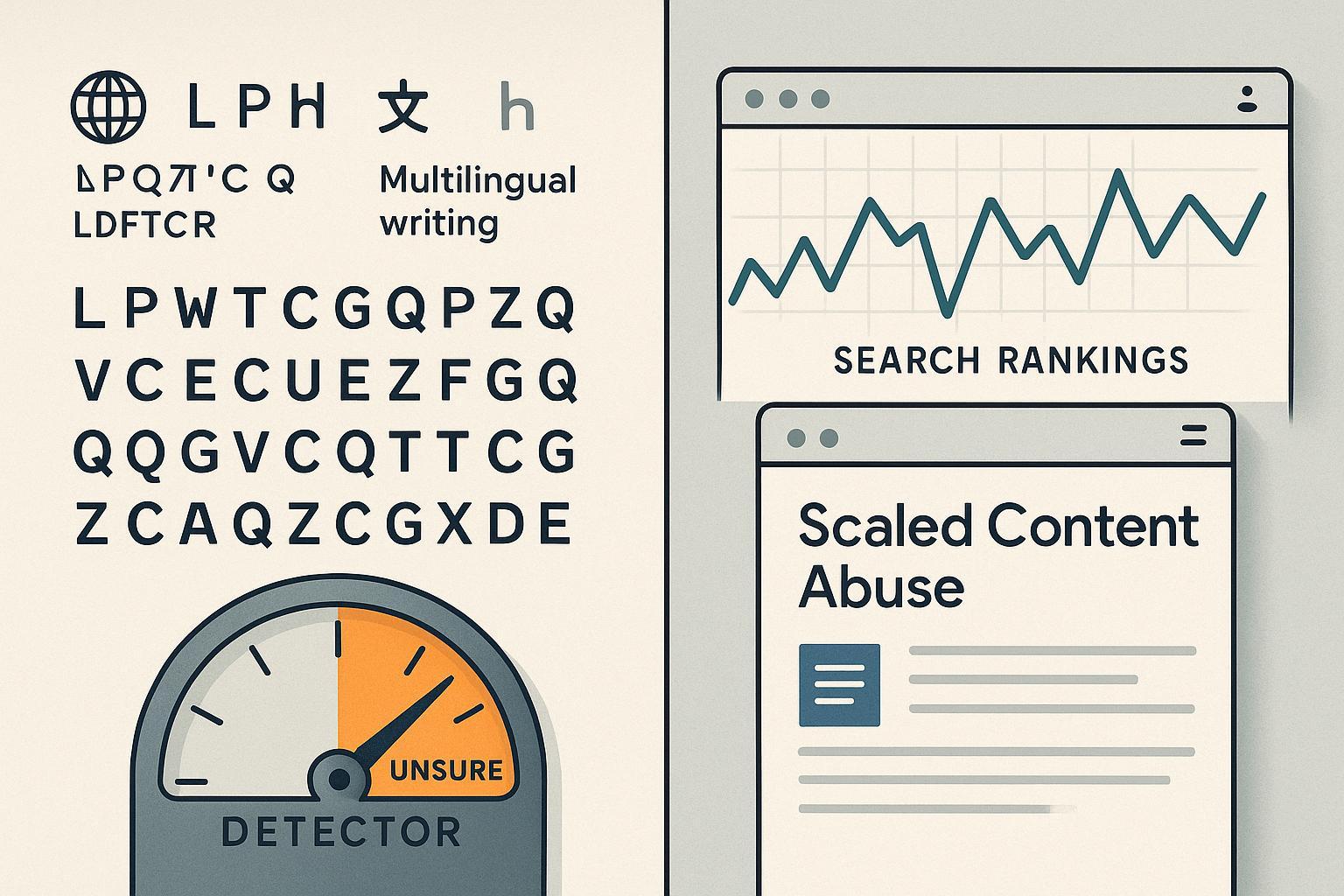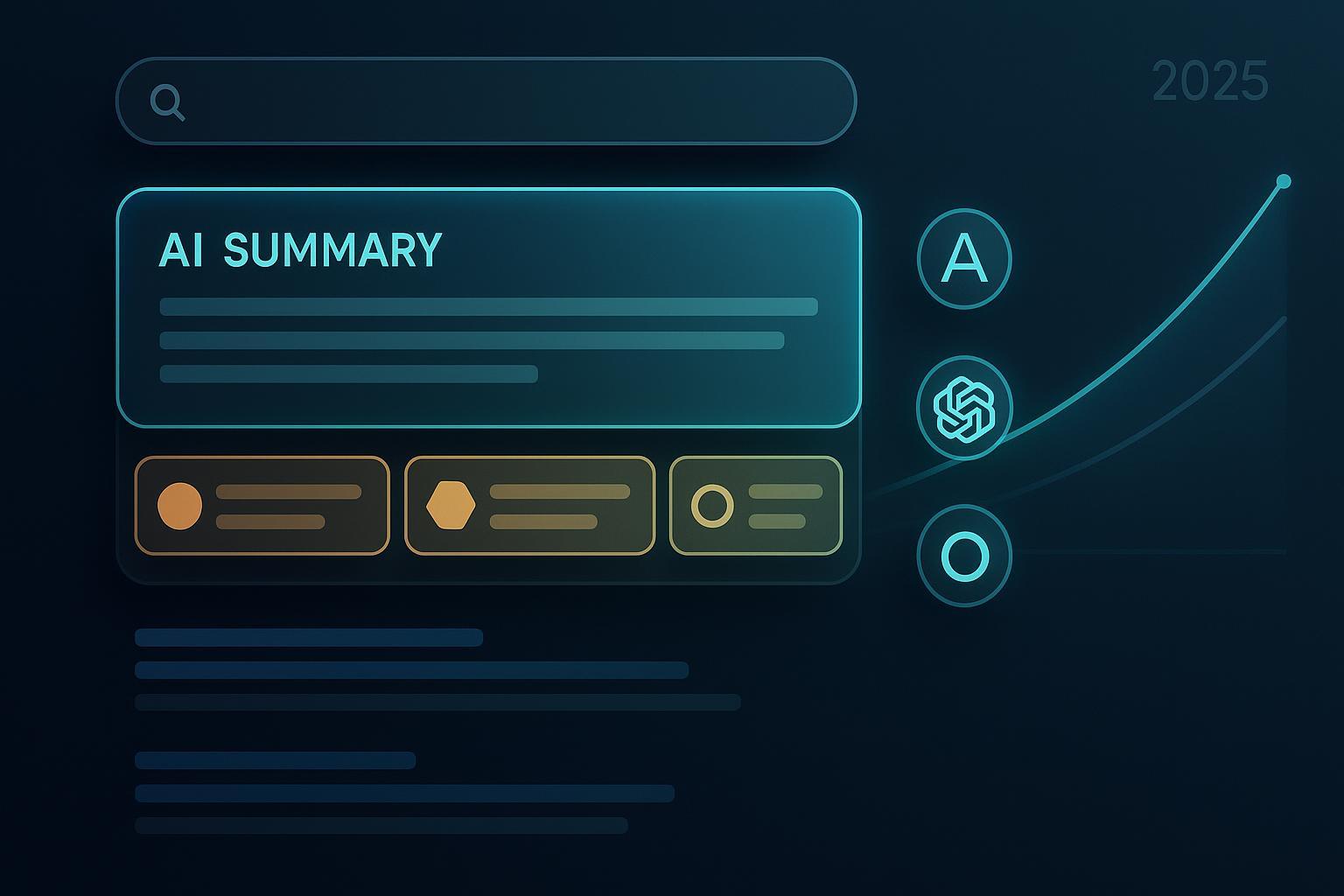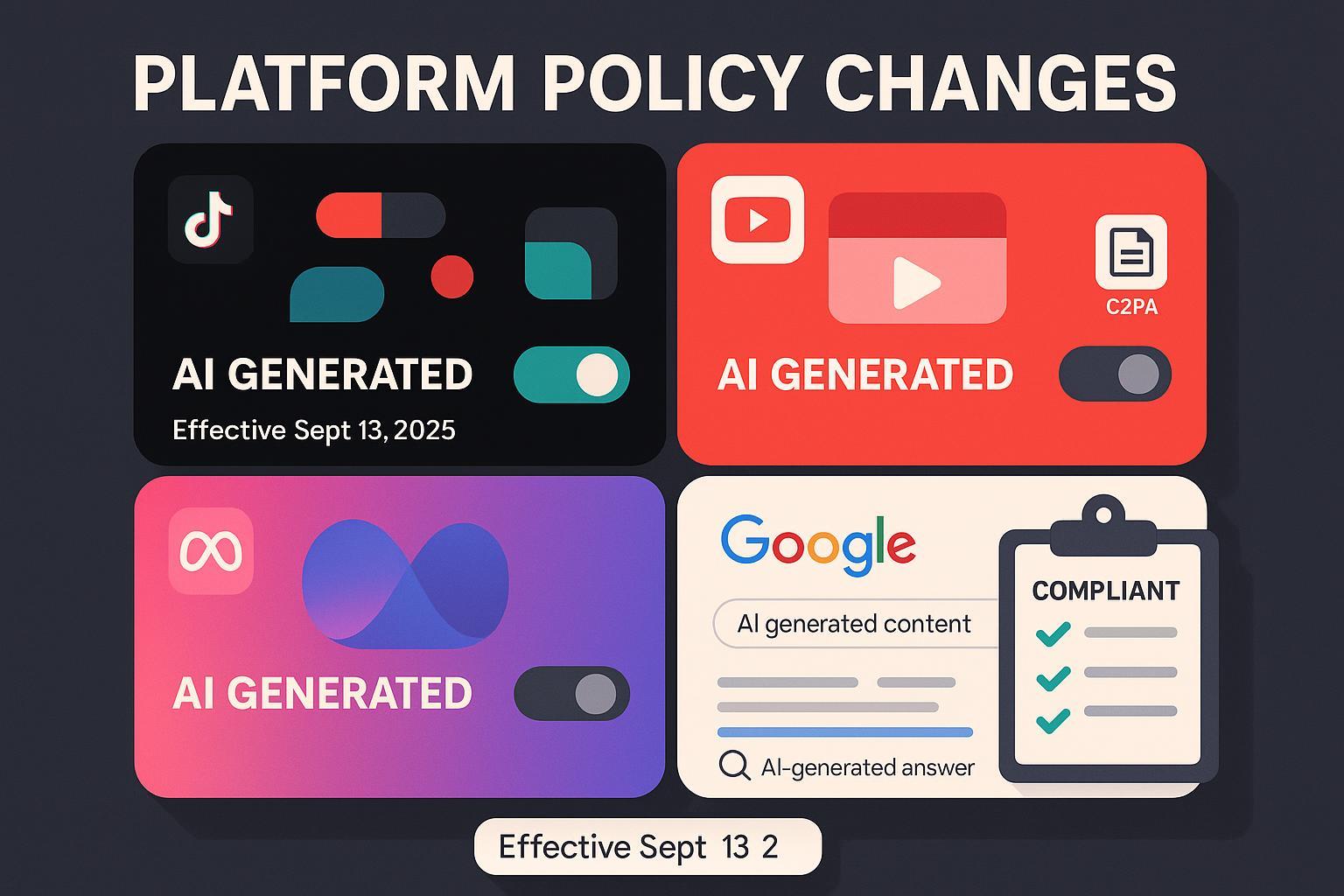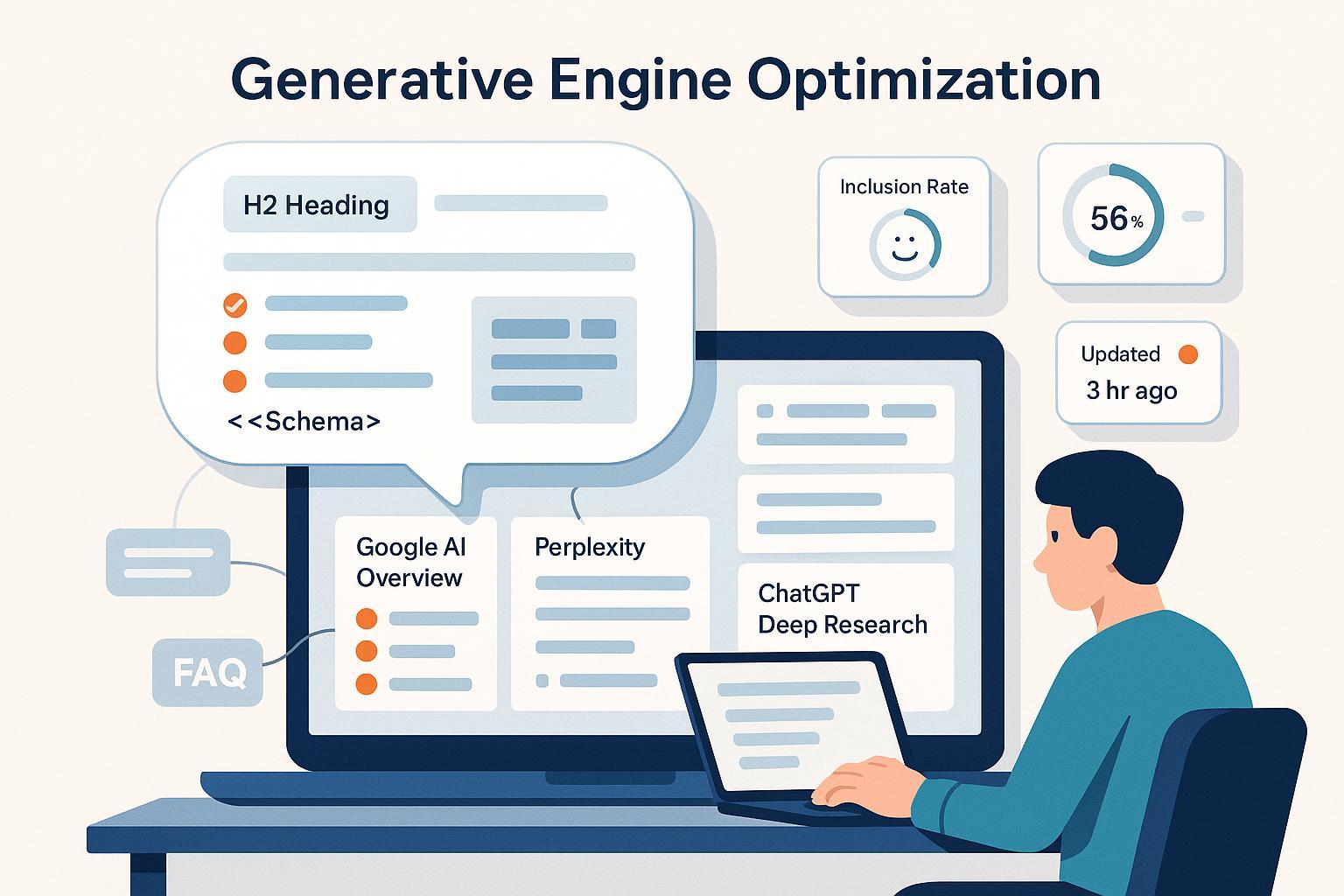How to Optimize AI Search in China & India (2024): DeepSeek & Local Engines Guide
Step-by-step how-to guide for mastering AI search in China (DeepSeek) and India. Boost brand visibility, ensure compliance, and monitor results in 2024.


Entering China or India in 2024 requires much more than "global SEO." Local AI search platforms like DeepSeek (China), IndiaAI, and Jugalbandi (India) have changed how brands are discovered and evaluated. This guide will show you – step by step – how to optimize for these unique markets, avoid regulatory pitfalls, monitor brand presence, and leverage tools like Geneo for real-time, cross-engine visibility tracking. Whether you're with a global brand, digital agency, or a tech-driven enterprise, you'll find actionable checklists, troubleshooting advice, and verification methods that work.
What You’ll Achieve
- Confidently build and optimize for AI-driven search in China (DeepSeek, Baidu) and India (Jugalbandi, IndiaAI)
- Ensure compliance, technical readiness, and competitive position – tailored to 2024 realities
- Continuously track, measure, and adapt your brand presence using holistic tools like Geneo
Who Is This Guide For?
- Digital marketers and SEO/brand managers expanding APAC presence
- Strategy leaders and business developers targeting China and India
- MarTech/AI professionals seeking operational instructions, not just theory
- Non-local teams needing hands-on, demystified steps for these hard-to-navigate regions
--
1. China: Winning AI Search with DeepSeek and Local Engines (2024 Edition)
Task Overview:
- Optimize your website and brand for DeepSeek, Baidu, and the new generation of Chinese AI search engines.
- Navigate China-specific tech, language, and regulatory requirements.
- Monitor, report, and adapt to maintain visibility (even with rapid platform changes).
Step 1: Register and Verify Brand Presence
- Register official accounts on DeepSeek, Baidu, and other local engines (Official guide)
- Verify domain ownership and claim your brand profile (required for advanced features and analytics)
- TIP: Use local business licenses – attempt using China-based partners if direct registration is an issue
Step 2: Technical & Content Optimization Checklist
- Ensure Core Web Vitals (speed, responsiveness, security)
- Implement schema.org structured data (especially for brand, product, FAQ, and news snippets)
- Localize ALL content into Simplified Chinese
- Adapt idioms, regional terms, and context for different provinces
- Research AI-optimized keywords with DeepSeek’s analytics/tools
- Optimize for conversational/voice queries (popular for Xiaoice, DuerOS, mobile use)
- Run regular content gap analysis
- Identify missing topics your competitors rank for on DeepSeek
- Embed internal links and clear navigation (helps with AI crawling)
Experience Tip: Start with your most strategic landing pages; don’t try to localize everything at once. Monitor initial results, then scale.
Step 3: Compliance & Regulatory Musts
- Obtain an ICP license for any hosted content (ICP Guide)
- Comply strictly with data localization laws:
- Store user data in mainland China
- Restrict cross-border data flows
- Label all AI-generated content clearly (visible tags and metadata)
- Align all messaging and page topics with current "core socialist values" (this impacts search exposure!)
Diagnostic Pause: Failing on compliance? Your content can vanish overnight. Double-check your regulatory checklist every quarter.
Step 4: API Integration and Sitemap Submission
- Submit XML sitemaps to DeepSeek and other local engines
- Push updates via APIs where available; ask your China agency or tech partner if you’re unsure
- Integrate semantic vector data (if advanced: e.g. Pinecone) to improve relevance with DeepSeek’s AI
Verify: Use DeepSeek’s dashboard to confirm new pages/index changes are detected within 48-72 hours.
Step 5: Ongoing Monitoring & Troubleshooting with Geneo
- Set up Geneo to track brand mentions, citations, and sentiment across DeepSeek, Baidu, and major Chinese AI platforms
- Configure real-time alerts for sudden ranking drops, missing citations, or negative sentiment spikes
- Automate monthly export of visibility, ranking, and compliance status for leadership review
- Use Geneo’s analytics to identify optimization gaps and competitor moves (AI response audit feature)
Quick Troubleshooting:
- Lost visibility: Check ICP/license or content compliance first
- Citations missing: Confirm schema and internal links; resubmit sitemap if needed
- Ranking drop: Review for recent regulatory/policy/algorithm changes
- Geneo dashboard issues: Confirm latest API/data sync, or contact Chinese tech partner for platform-side delays
Step 6: Reporting, Iteration & Next Steps
- Schedule monthly/quarterly AI search performance reviews
- Use Power BI, Whatagraph, or Authoritas for added custom dashboards
- Refine content, keywords, and technical compliance—always check latest DeepSeek/Baidu updates
- Revisit Geneo’s recommendations—adjust workflows to center ongoing monitoring and optimization
Sample Reporting Metrics:
- AI-driven impressions, citations, and brand mentions
- Average SERP position (AI modules/boxes)
- Sentiment analysis snapshot (from Geneo)
- Compliance and technical health scorecard
2. India: Navigating Local AI Search Engines & Multilingual Landscape (2024)
Task Overview:
- Adapt for Jugalbandi, IndiaAI, and the ecosystem of Indian-language AI search platforms.
- Win with localization, open-source adaptation, and agile tracking.
Step 1: Onboard to Indian AI Platforms
- Identify target engines: Jugalbandi (WhatsApp/voice AI), IndiaAI (BharatGPT, Bhashini), Google Bharat, and prominent regional apps (Tamil, Hindi, Bengali, Marathi engines)
- Engage with official onboarding where available (often via business/government partnerships)
- Localize core site/app into major Indian languages (Hindi, Tamil, Telugu, Bengali, etc.)
- Implement structured metadata (Schema.org for Indian SEO)
Pain Point: There is no single API-based plug-and-play integration for IndiaAI/Jugalbandi as of mid-2024. Hands-on engagement remains key.
Step 2: Technical Optimization & Multilingual Best Practices
- Review and update Core Web Vitals
- Translate and optimize content for local usage patterns, including voice/WhatsApp queries
- Use Bhashini and other Indian open-source LLM tools for accuracy (train/tune your datasets if possible)
- Test SERP preview using incognito browsers and regional VPNs
Pro Tip: Focus efforts on 2-3 regional languages that match your primary target audience and market vertical first.
Step 3: Monitoring, Analytics & Iteration
- Set up multi-language analytics tracking (Google Data Studio + dashboard of your choice)
- Monitor customer engagement, bounce rate, and specific AI answer quality
- For broader SERP visibility and AI output monitoring:
- Use Geneo for tracking cross-market AI search visibility and sentiment, even if platform integration is partial—particularly valuable for seeing holistic brand health across both India and China
- Collect and log user feedback, especially errors or mistranslations
Troubleshooting:
- Failure in Indian SERPs? Check language-specific SEO, metadata, and whether your content meets local cultural/linguistic expectations
- AI answers poor/missing? Refresh training data (if possible), collaborate with local platforms, or escalate via official feedback channels
Step 4: Compliance, Law, and Platform Policy
- Track evolving Digital India Act and AI legal requirements
- Make sure to display user notifications for AI-generated output (where required)
- Participate in pilot/sandbox programs for Indian AI if seeking deeper integration
3. Unified Multi-Market KPI, Reporting & Adaptation
Cross-Market Reporting Checklist
- Aggregate: Impressions, SERP placements, AI answer citations, sentiment, and regulatory/tech compliance for China and India
- Compare: Per-language, per-market performance using dashboards (customize via Whatagraph, Power BI, or your preferred tool)
- Report to leadership monthly/quarterly: Use Geneo’s export features for standardized, cross-market insights
Key KPIs to Track
- Unique brand mentions in AI answers
- AI module-specific impressions/citations
- Sentiment breakdown (positive/neutral/negative) from AI outputs
- Compliance score (licenses, labeling, legal checklists)
- Technical health (index coverage, load speed, mobile readiness)
Geneo: The Essential Cross-Market AI Search Monitoring & Optimization Tool
Geneo streamlines the chaos of APAC AI search by letting you:
- Instantly track your brand visibility and citations across DeepSeek, Baidu, Jugalbandi, and more
- Receive actionable sentiment analysis to adjust campaigns and content
- Monitor competitor movement and keyword/citation gaps
- Automate reporting for leadership and keep a continuous improvement loop running
Discover how Geneo can accelerate your 2024 Asia AI search strategy →
Troubleshooting: Common Pitfalls & Fast Fixes
- Lost AI visibility (China): Review regulatory checklists, update licenses, submit new sitemap, relaunch keyword refresh
- Dropped citations (both markets): Audit schema, internal linking, check platform updates, resubmit via platform/agency if needed
- Compliance headaches: Double-check for new laws, update labeling policies, use Geneo to monitor policy-driven drops or alerts
- Language/Local Search Issues (India): Spot-check for mistranslations, double down on key regional languages, partner with local linguists/platforms
- Out-of-date data: Set recurring calendar reminders to update dashboards and review Geneo’s recommendations
Final Words: Keys to AI Search Success in China & India
- Don’t treat APAC as "just another branch of global SEO."
- Invest in hands-on setup, deep localization, and regular compliance reviews
- Leverage monitoring and analytics tools like Geneo to achieve—and keep—cross-market visibility
- Treat troubleshooting as an ongoing discipline, not a one-off fix
- Celebrate incremental wins: Both markets change fast. Data-driven adaptation is your edge.
Ready to master Asia’s AI search opportunity? Start with targeted setup today—and let Geneo give you the adaptive visibility and insight advantage your competitors lack.
References





